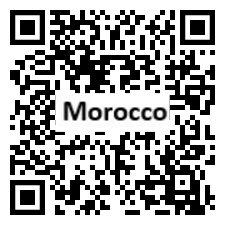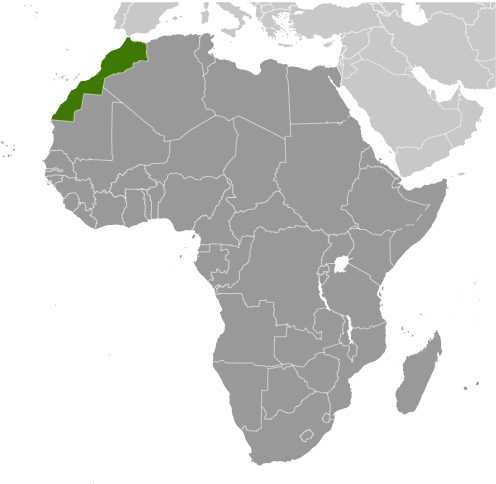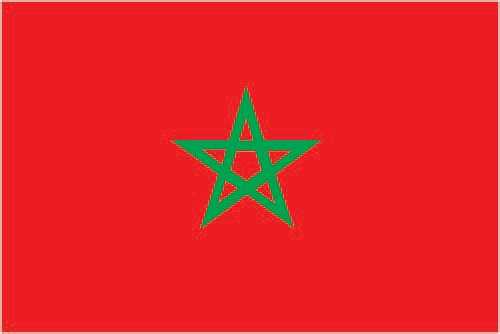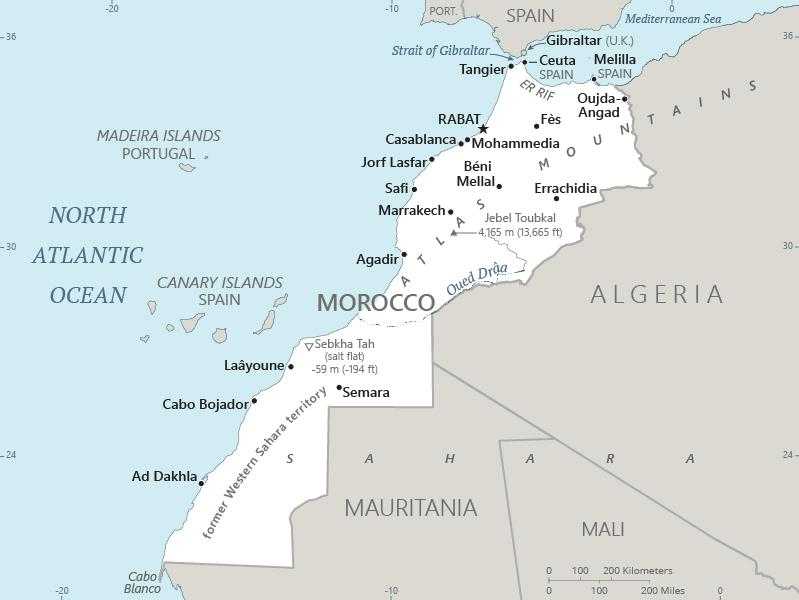Introduction
Background
In 788, about a century after the Arab conquest of North Africa, a series of Muslim dynasties began to rule in Morocco. In the 16th century, the Sa'adi monarchy, particularly under Ahmad al-MANSUR (1578-1603), repelled foreign invaders and inaugurated a golden age. In 1912, the French imposed a protectorate over the country. A protracted independence struggle with France ended successfully in 1956.
Geography
Area
total: 716,550 sq km
land: 716,300 sq km
water: 250 sq km
Climate
Mediterranean in the north, becoming more extreme in the interior; in the south, hot, dry desert; rain is rare; cold offshore air currents produce fog and heavy dew
Natural resources
phosphates, iron ore, manganese, lead, zinc, fish, salt
People and Society
Population
total: 37,387,585
male: 18,664,263
female: 18,723,322 (2024 est.)
Ethnic groups
Arab-Amazigh 99%, other 1%
Languages
Arabic (official), Tamazight languages (Tamazight (official), Tachelhit, Tarifit), French (often the language of business, government, and diplomacy); note - the proportion of Tamazight speakers is disputed
Religions
Muslim 99% (official; virtually all Sunni, <0.1% Shia), other 1% (includes Christian, Jewish, and Baha'i); note - Jewish about 3,000-3,500 (2020 est.)
Population growth rate
0.84% (2024 est.)
Government
Government type
parliamentary constitutional monarchy
Capital
name: Rabat
Executive branch
chief of state: King MOHAMMED VI (since 30 July 1999)
head of government: Prime Minister Aziz AKHANNOUCH (since 7 October 2021)
Legislative branch
description: bicameral Parliament consists of:
House of Councillors or Majlis al-Mustacharine (120 seats; members indirectly elected by an electoral college of local councils, professional organizations, and labor unions; members serve 6-year terms)
House of Representatives or Majlis al-Nuwab (395 seats; 305 members directly elected in multi-seat constituencies by proportional representation vote and 90 directly elected in a single nationwide constituency by proportional representation vote; members serve 5-year terms); note - 60 seats reserved for women and 30 seats for those under age 40 in regional multi-seat constituencies, with the seats divided proportionally among the 12 regions by population size of the region
Economy
Economic overview
lower middle-income North African economy; ongoing recovery from recent drought; rebounding via tourism, manufacturing, and aeronautics industries; major US free trade agreement; developing energy exporter
Real GDP (purchasing power parity)
$307.442 billion (2022 est.)
$303.621 billion (2021 est.)
$281.076 billion (2020 est.)
Real GDP per capita
$8,100 (2022 est.)
$8,100 (2021 est.)
$7,500 (2020 est.)
Agricultural products
wheat, milk, olives, sugar beets, potatoes, tomatoes, tangerines/mandarins, oranges, apples, onions (2022)
Industries
automotive parts, phosphate mining and processing, aerospace, food processing, leather goods, textiles, construction, energy, tourism
Exports
$58.556 billion (2022 est.)
$47.09 billion (2021 est.)
$37.545 billion (2020 est.)
Exports - partners
Spain 18%, France 17%, India 6%, Italy 5%, Brazil 4% (2022)
Exports - commodities
fertilizers, cars, garments, insulated wire, phosphoric acid (2022)
Imports
$73.783 billion (2022 est.)
$60.215 billion (2021 est.)
$46.358 billion (2020 est.)
Imports - partners
Spain 18%, France 10%, China 10%, US 6%, Saudi Arabia 6% (2022)
Imports - commodities
refined petroleum, wheat, natural gas, coal, vehicle parts/accessories (2022)
Exchange rates
Moroccan dirhams (MAD) per US dollar -
Exchange rates:
10.161 (2022 est.)
8.988 (2021 est.)
9.497 (2020 est.)
9.617 (2019 est.)
9.386 (2018 est.)
Page last updated: Tuesday, May 07, 2024




